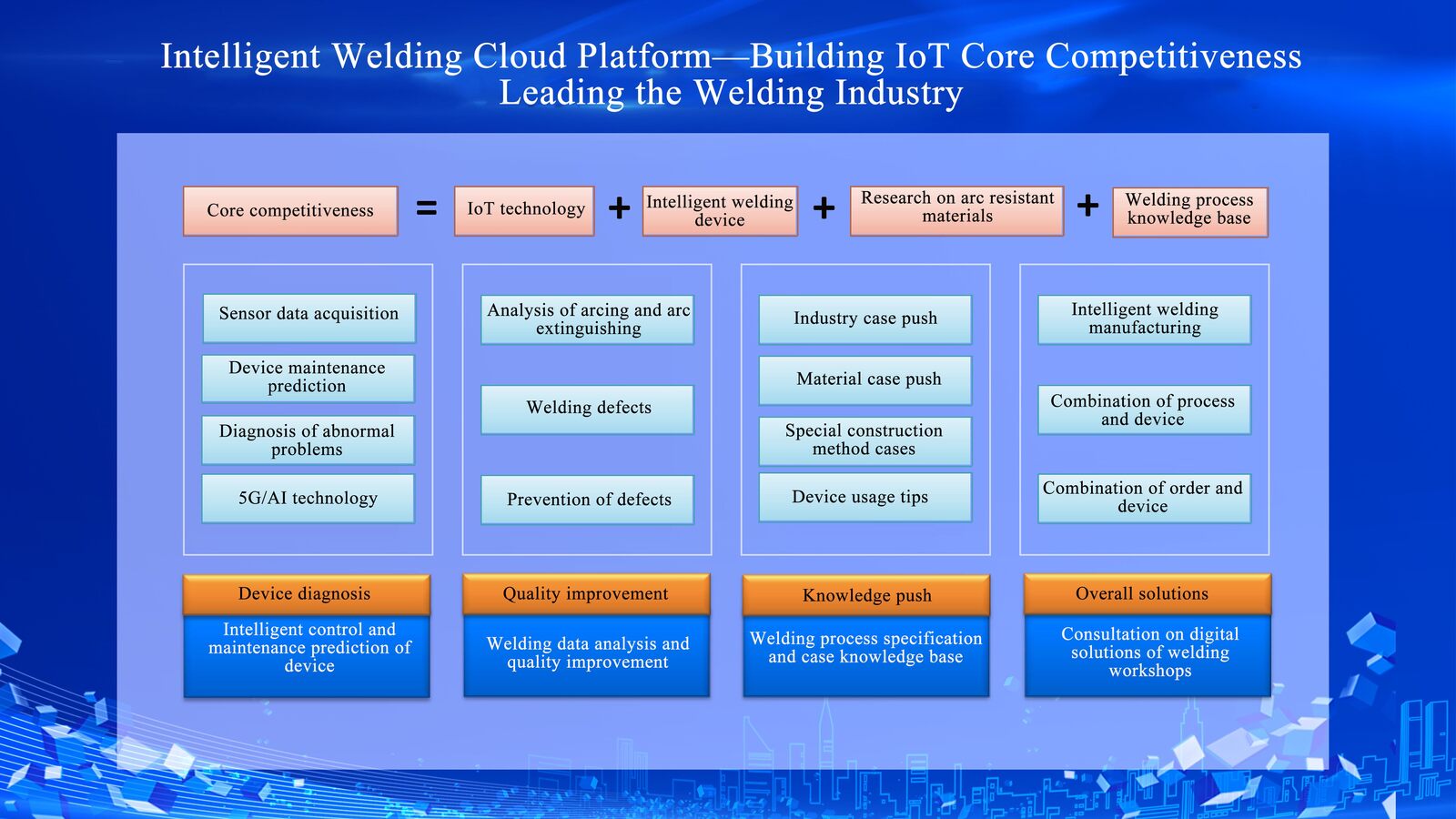
Robots help to protect our terrestrial ecosystems
SDG 15: Protect, restore and promote sustainable use of terrestrial ecosystems
- ensure the conservation, restoration and sustainable use of terrestrial and inland freshwater ecosystems

- Mobile robots preventing soil erosion, which is endangering beaches, estuaries, and coastal cities.
- Robots help to limit the need for chemical control and fertilizers with a high degree of predictability and precision, protecting the ecosystem and reducing the impact on soil dwellers.
- Small lightweight swarm robots reduce soil compaction and positively impact vegetation, thus help to prevent desertification.
- Robots supporting the transition from single-use plastic to compostable packaging made from plant-based agricultural material



















